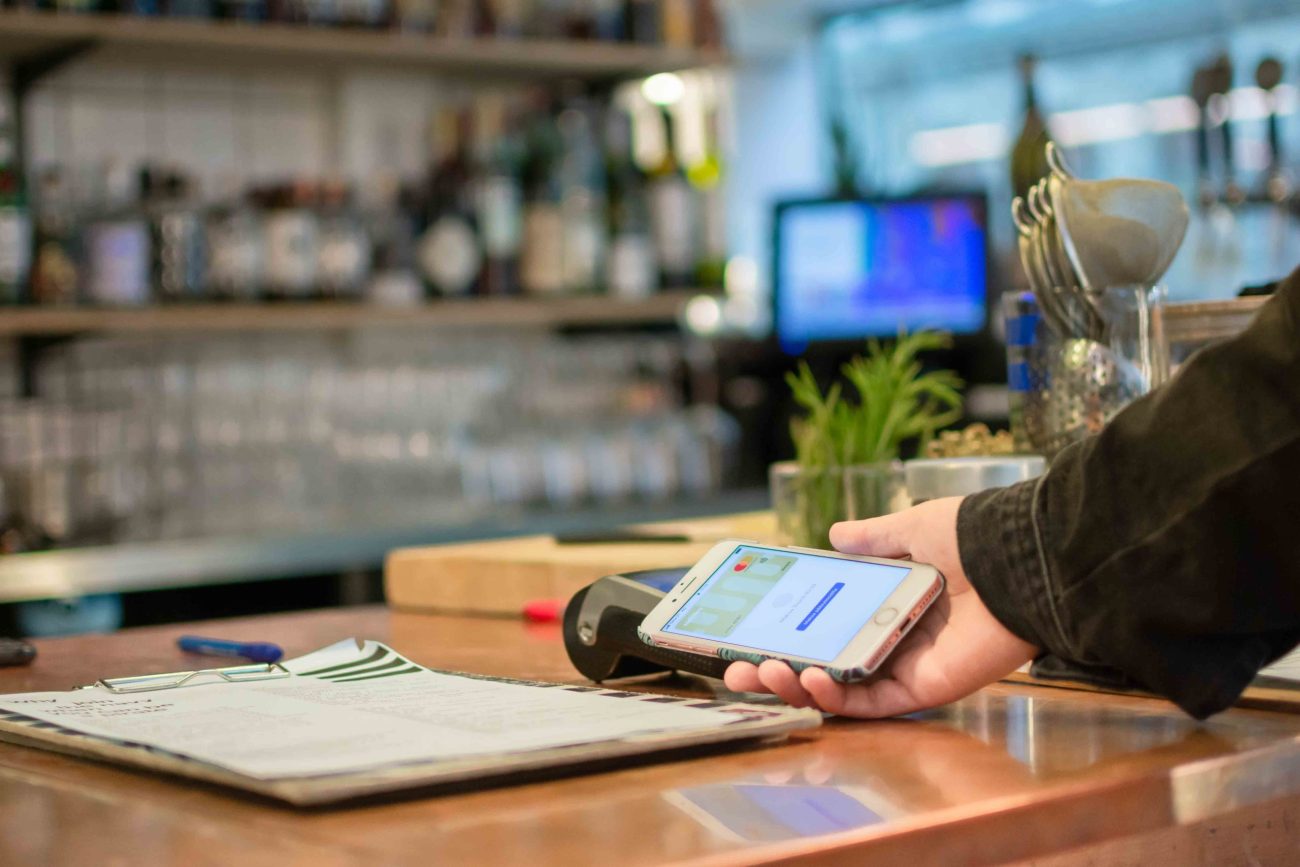
Designing payment flows for mobile? Make it a low-stroke no-brainer for the user
In online shopping, every click costs you customers, but designing a frictionless payment flow is not always straightforward. What do you need to keep in mind when making compromises?
Shopping with mobile devices is becoming more popular all the time. DIBS’ annual report on e-commerce in the Nordic countries states that 40 percent of Finns had shopped online with a mobile device last year, but this year’s percentage has climbed to 46. The most avid mobile shoppers in the Nordics can be found in Norway, where as many as 60 percent of the population has shopped with mobile devices.
Mobile is still an underrepresented channel, however.
Last week, we hosted a breakfast event in Stockholm with our Swedish PSP partner DIBS. Our speakers, e-commerce expert Patrik Müller from DIBS and Qvik’s Head of Design Matias Pietilä, focused on frictionless payment flows.
“Mobile devices represent the major part of browsing in most consumer web services, but mobile conversion is difficult. We often see mobile sales lag between one fourth and one third of total sales”, Pietilä says. “Clearly, it is even harder to make sales on mobile than on desktop, where it’s easier to get away with lousy land lazy design.”
As DIBS’ report states, there are multiple reasons why people don’t shop online or with their phones. But payment flows are one big piece of the puzzle, and this is something we can address on mobile.
Paving the way for one-click payments
Simplicity is hard, and creating perfect, frictionless payment flows is not always that straightforward. Digital payments and complex legislation go hand in hand and, especially in Finland, users’ online payment preferences are quite diverse. DIBS’ Patrik Müller knows how to approach the issue.
“I think it’s basic maths”, he says. “You can count the number of strokes the consumer needs to put in, and go with the solution that has the lowest number. The most important thing here is to focus on saving the consumer’s address and payment details for further use, so that it’s possible for the user to make one click payments.”
When you’re offering multiple payment methods, Matias Pietilä suggests smart default options.
“What typically happens when people start adding features and functionalities to a service is that, while they have all these good intentions, they end up creating a mess”, he says. “By making the user choose between all the payment methods, the process can become pretty convoluted. Instead, you should build your service so that the user doesn’t have to think too much.”
By using all the information you get from the user’s device, you can make an educated guess on what the user is likely to prefer as a payment method and suggest that for the user form the start.
Our experts are not so sure of online Apple Pay
Matias has some encouraging views on the possibilities Apple Pay and Google Pay bring for users, merchants and issuers alike. He sees Apple Pay as a potential online payment method, even though market penetration is still weak in the Nordics due to limited bank support.
“The best UX has its advantages in the race, and device manufacturers like Apple and Google certainly have theirs: they can integrate their wallets better with the system and achieve easier onboarding”, he says. “But unless we see a broader market penetration, these methods will not become the mainstream solution.”
Patrik Müller doesn’t really believe in the rise of online Apple Pay anymore.
“I like Apple Pay – I think it’s really frictionless and a good setup. But I think there are too many barriers especially when it comes to online payments. Offline, it’s already happening, but since so few web shops accept it, nowadays I don’t really see it becoming that big of a thing online.”



